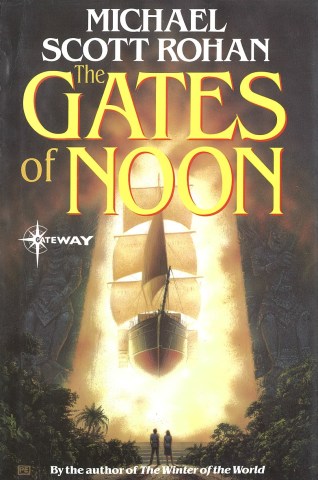Photographing birds of prey
With their incredible eyesight and extraordinary patience when locating and catching their prey, raptors are among the most spectacular of all birds. They are also among the most wary, making them a true challenge to photograph.
 Golden eagles are extremely suspicious, so great care needs to be taken when photographing them and other raptor species from blinds at baited sites.
Golden eagles are extremely suspicious, so great care needs to be taken when photographing them and other raptor species from blinds at baited sites.
500mm lens | ISO 400 | 1/125 sec at ƒ/5.6
Attempting to photograph birds of prey in the wild offers a big challenge. This is why many of the pictures you see published are of captive raptors, often passed off as being in the wild. All species can be photographed given time, patience, and knowledge.
There are now a number of opportunities available at baited sites. Baiting—that is the putting out of food—is very effective in attracting species ranging from golden eagles to red kites and even ospreys. This is a far more attractive proposition than attempting to photograph at the nest, where many species may easily be disturbed. Indeed, it is a criminal offence to photograph a number of species at the nest without the relevant licences.
 This shot of an osprey was taken from a pylon blind (a blind on stilts) overlooking a nest in Finland. The female was brooding her young during torrential rain.
This shot of an osprey was taken from a pylon blind (a blind on stilts) overlooking a nest in Finland. The female was brooding her young during torrential rain.
500mm lens | ISO 100 | 1/250 sec at ƒ/4
Because of the birds’ shy nature, if you are baiting a site you will need to use a blind. Raptors have incredibly good eyes and may sit out of sight of your blind for many hours, watching the bait and looking for anything suspicious before coming down to feed. This is especially true of golden eagles, where you can wait for hours before being able to photograph one. It is thus imperative not to create any suspicion when in the blind, this means leaving your lens alone—have it trained on the bait, but don’t start moving it around for no reason—and if you have to move, do it very slowly. With golden eagles, if you have a bird on bait, you will have to be patient, maybe taking two minutes or more to move the lens just a few inches. You might think this is overkill, but once the birds sense danger they will go, and they may never come back.
Because raptors can sit concealed while watching a baiting site, it is often best to arrive at your blind in the dark if you are on your own, and leave in the dark, too. If you have a friend or two who can walk to the blind with you and leave once you are inside, then it is probably okay to do this in daylight, as the birds will be fooled into thinking any danger has left.
 The bald eagle, the national symbol of the United States, is a type of sea eagle. It feeds by snatching fish—it’s most important source of live food—from near the surface of the body of water using its powerful talons.
The bald eagle, the national symbol of the United States, is a type of sea eagle. It feeds by snatching fish—it’s most important source of live food—from near the surface of the body of water using its powerful talons.
500mm lens | ISO 100 | 1/250 sec at ƒ/4
Not every species will need such measures, of course. There are some opportunities that are commercially run for photographers, with everything, including the birds, arranged! These include the sight of sea eagles in Norway, which are thrown fish from boats in the fjords—great action images can be taken on these trips. In Britain, Gigrin Farm in Wales is well known among bird photographers as the place to photograph red kites. Here the farmer feeds the birds on lumps of meat and fat thrown out in front of a row of blinds at exactly the same time each day. The birds know when to arrive, and over a hundred kites may be present, performing a stunning aerial ballet in front of rows of telephoto lenses.
A superb baited site is in Finland, close to Tampere. There is a fish farm that attracts a constant stream of ospreys. Here the fish farmer has turned the marauding birds into a benefit by creating a sandy-bottomed pool that has been packed full of fish he cannot sell at market. The birds fish constantly in the pool as it is so easy, and with the provision of photographic blinds the opportunities are spectacular. Away from baited sites opportunities can be had at migration points, for example in Gibraltar, and in the U.S., at Cape May in New Jersey.
The Bird Photography Field Guide is David Tipling’s expert reference to teach you everything you need to know about capturing birds in all their beauty. With useful advice on the essential equipment and photographic techniques, as well tips on composition to get you thinking more creatively, you’ll be taking superb photos that show off your subject in the best possible way.
 The Bird Photography Field Guide
The Bird Photography Field Guide
David Tipling
Buy it now!
RRP for print edition: £8.99


